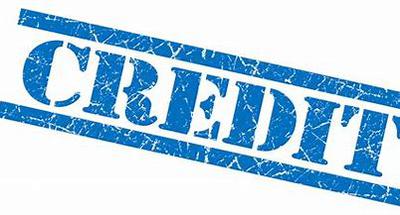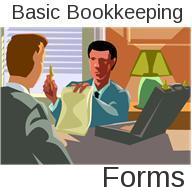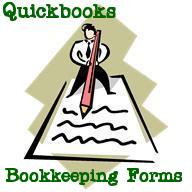- Home
- Questions and Answers
- Using Business Credit Card/Checking in Single Entry System?
Comments for Credit Vs Debit Bookkeeping Question
|
||
|
||
Credit Balance
Does a brought down credit balance in a bank account mean that I have money or I owe money?
Comments for Credit Balance
|
||
|
||
Duplicate Check Credits
by Valerie
(Pomona, CA)
In May two checks were issued as payment to a company and one of these checks was a duplicate payment. The company cashed both checks and issued a refund check for the duplicate payment. My records are made up of several accounts such as baby, accessories, toys, etc. How would I credit one these accounts back so that the budget of that account is correct and reflects what has truly been spent?
Comments for Duplicate Check Credits
|
||
|
||
Discounts and Credits
by Norma Satow
(Framingham, MA)
If I have a business and I purchase fuel oil and I get a $10.00 discount, what type of an account would I create to record this discount? Thanks, Norma Satow
Comments for Discounts and Credits
|
||
|
||
Home Buyer Tax Credit For Married Filing Separately
I qualify for the $6500 home buyer tax credit. We are married filing separately. Form 5405 says I can only collect $3250 if I file separately but my husband's name is not on the deed nor mortgage and I want to collect the entire $6500 on my return. How can I do this?
Comments for Home Buyer Tax Credit For Married Filing Separately
|
||
|
||
Recording a Revolving Line of Credit
What is the best way to record a checking account and the revolving line of credit attached to it. The bank moves money every day to keep a certain amount in the checking account, but I need to know the true balance of the checking account.
Comments for Recording a Revolving Line of Credit
|
||
|
||
Using Business Credit Card/Checking in Single Entry System?
How should I record the monthly payment to my business credit card in a single-entry bookkeeping system like Tiny Books, given that I already enter individual transactions as tax-deductible expenses?
Should the payment be categorized as a "non-tax-deductible reconciliation," an "owner draw," or a "personal expense"? Also, is it better to pay quarterly estimates and 1040 income tax from my business checking account or personal checking account?
Comments for Using Business Credit Card/Checking in Single Entry System?
|
||
|
||
Please subscribe to my monthly newsletter, Bookkeeping Basics E-zine. It tells you every month about the new information that I have added, including some great tips and advice from myself and other Bookkeeping Basics readers.
Like Bookkeeping-Basics.net?
- Home
- Questions and Answers
- Using Business Credit Card/Checking in Single Entry System?













